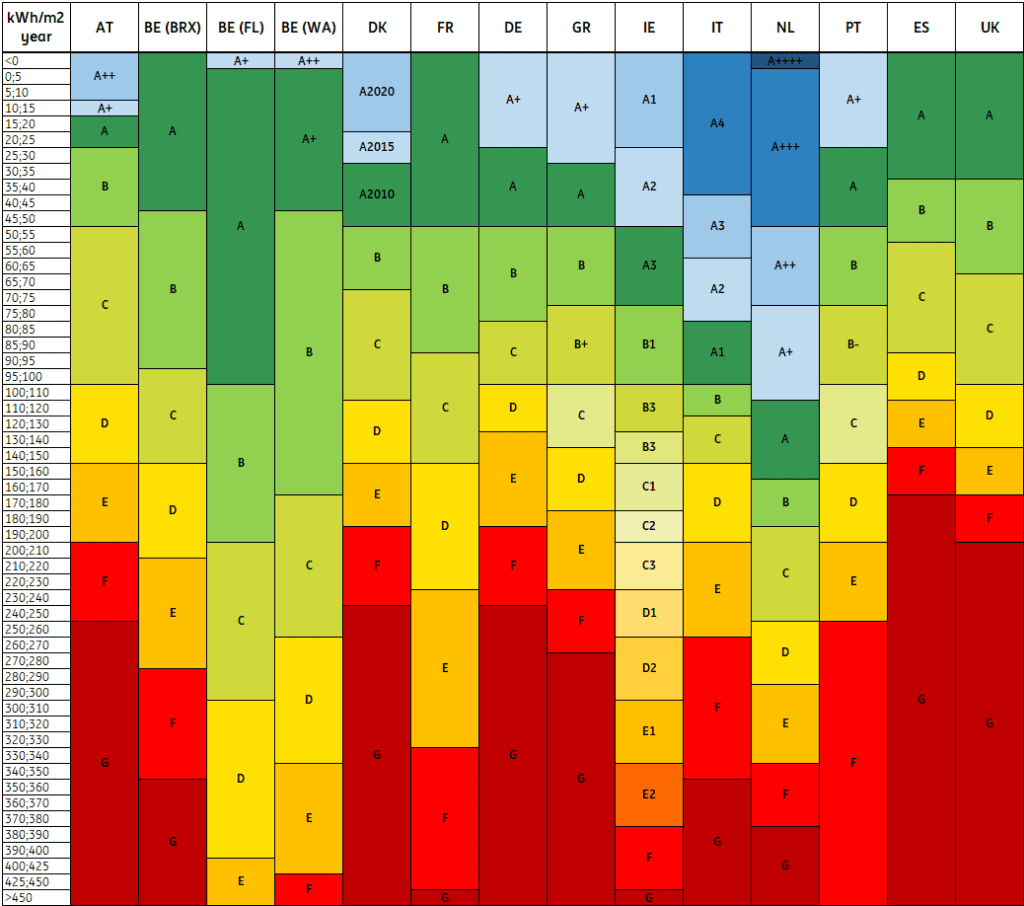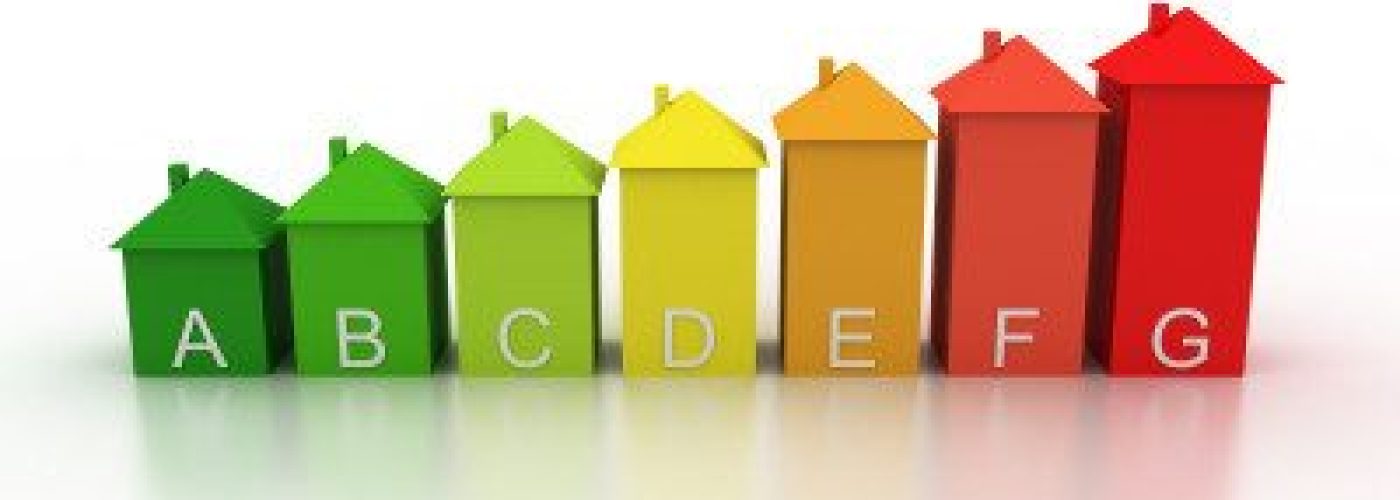Inconsistency in the Energy Performance Certificate (EPC) regime, even among EU countries, means that a commercial building that receives the highest rating in one country could receive a grade up to four places lower in another, according to Savills in its Impacts research programme.
The international real estate advisor says that the lack of standardisation in energy labelling can even vary within countries. In Belgium, the same energy performance (measured in kWh/m²/year) would receive a ‘C’ rating in Flanders but a ‘D’ or ‘F’ in Brussels, owing to stricter rating thresholds in the Brussels-Capital Region. Standards for primary energy consumption in ‘A’-rated offices across Europe also vary, resulting in buildings that would receive a grade of ‘A’ in some countries only receiving a ‘D’ or ‘E’ in others.
Savills says that while the EU is implementing a revised Energy Performance of Buildings Directive (EPBD) which should bring countries within its jurisdiction more into line, there are likely to still be discrepancies within individual countries as local political sensitivities, technical challenges, climate risks and the nature of existing building stock mean that sustainability standards vary considerably from one city to another.
Legacy EU country/UK energy label comparison, by country:

Chris Cummings, Director, Savills Earth, comments: “The lack of standardisation in energy labelling within the EU, and the UK which also uses EPC as its main measure of building performance, illustrates a wider global problem for cross-border investors and tenants in understanding what constitutes a ‘good’ building: if even within the same bloc there’s disparities, how can they compare across even wider geographies such as APAC or the US? Ideally, investors and occupiers should look beyond the headline EPC grade to examine a building’s actual energy data to get a true picture of its relative performance. If they don’t, they run the risk of excluding buildings which have received a lower rating in countries which exert a ‘tougher’ EPC regime, as they do not fulfil their sustainability objectives, only to go on to take a building in another country which has a higher grade, but ultimately is a poorer performer.”
Sarah Brooks, Associate Director, Savills World Research, says: “City-level differences in sustainability standards can again present distinct challenges and opportunities for occupiers and investors. They must account for differences in local policy, market expectations and available incentives in their strategies. Gaining a competitive edge often means exceeding national requirements as well as aligning with city-level expectations and long-term local sustainability plans. Nuanced due diligence is vital.”
Building, Design & Construction Magazine | The Choice of Industry Professionals





